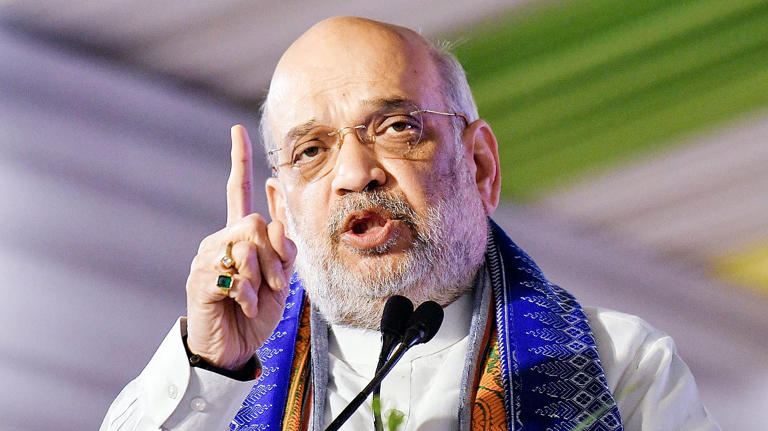MHA Orders Nationwide Civil Defence Mock Drills on May 7 as Tensions Rise with Pakistan
In a significant move aimed at strengthening India’s civil defence preparedness amid rising tensions with Pakistan, the Ministry of Home Affairs (MHA) has issued directives to multiple states to conduct comprehensive mock drills on Wednesday, May 7. This high-level alert follows the tragic terror attack in Pahalgam, Jammu and Kashmir, which resulted in the death of 26 innocent tourists. The heinous incident has not only escalated cross-border tensions but also prompted urgent action from central authorities to ensure that citizens are equipped and aware in the event of any national emergency or hostile aggression.
The nationwide civil defence mock drills are designed to simulate real-life emergency scenarios and assess the readiness of both authorities and civilians. One of the primary activities during the drills will include the testing of air raid warning sirens to check their operational efficiency. This step is crucial to ensure timely public alerts in the case of aerial or missile threats. Additionally, training sessions will be organized for civilians, including school and college students, focusing on how to protect themselves during potential attacks. These sessions will educate participants on sheltering techniques, emergency first aid, and maintaining composure under crisis conditions.
Another critical component of the exercise will be the execution of crash blackouts. This procedure, which involves turning off all visible lights in specific areas, is aimed at reducing visibility to enemy aircraft during nighttime attacks, thereby protecting strategic locations. The drills will also include demonstrations on camouflaging vital installations such as factories, power plants, and communication centers. Such measures are essential to safeguard national infrastructure in the event of enemy reconnaissance or targeted strikes.
Moreover, the exercises will review and rehearse updated evacuation plans to ensure a swift and safe movement of civilians from high-risk zones. These updated strategies will involve coordination between local authorities, emergency services, and community volunteers to simulate real-time evacuations effectively. The government believes that such drills will not only boost the preparedness of the civil defence apparatus but also raise public awareness about how to act promptly and safely during times of national threat.
This proactive approach by the Ministry of Home Affairs underscores the importance of nationwide vigilance and collective responsibility in safeguarding national security. It is a timely reminder that in an era of unpredictable geopolitical developments, preparedness is key to resilience. For video coverage and detailed updates on the ongoing drills, visit our YouTube channel THE OLIGO.

